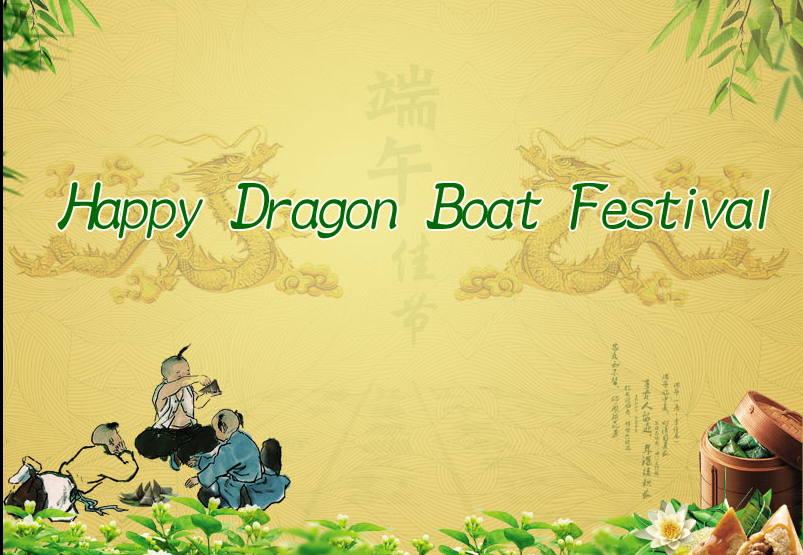(单词翻译:单击)
原文视听
So,People across China are preparing to celebrate the annual Dragon Boat Festival,
全中国正在准备迎接端午节的到来,
which includes many traditions and customs that date back more than two thousand years ago.
端午节的习俗和传统能够追溯到2000多年以前。
Today they are still vibrantly alive.
如今,这些传统活动依然非常盛行。
Zongzi, or sticky rice, a traditional food people eat during the festival, has a history dating back to around 300 BC.
粽子,又叫黏米,是一种人们在端午节食用的传统食品,它的历史能够回到公元前300年左右。
It commemorates the death of a national hero, Qu Yuan from the ancient state of Chu at that time.
当时人们用端午节来纪念民族英雄屈原的去世,他来自古代的楚国。
He committed suicide in a river because of the downfall of his nation.
国破家亡,屈原选择投江自尽。
To keep his body from being eaten by fish, locals wrapped rice in bamboo leaves and threw them into the river to feed the fish.
为了防止他的尸首被鱼所食,当地人用粽子叶来包米饭,并投进江中喂鱼。
"Zongzi is made to have very clear edges and angles, which is meant to resemble the unyielding character of Qu Yuan.
粽子的形状有棱有角,其目的是为了显示出屈原刚正不阿的品格。
And people often put a red date inside, to symbolize Qu's utter devotion and loyalty to his state,"
人们还经常在粽子中放进红枣,象征屈原对国家的无限忠诚和热枕。
After Qu Yuan’s death, people rowed boats to look for his body.
屈原死后,人们乘船寻找他的尸体。
In his home town Zigui in central China’s Hubei province, the Dragon Boat Festival is regarded a bigger event than the Chinese New Year.
在屈原的老家,位于中国中部的河北省秭归县,那里的端午节比过春节还要隆重。

Some historical evidence suggests that Chinese people began celebrating the festival even before Qu Yuan’s suicide.
许多历史资料证明中国庆端午的时间甚至要早于屈原自杀的时间。
On the fifth day of the fifth month on the Chinese Lunar Calendar, with the change of seasons, insects begin to breed and diseases spread.
中国农历的五月初五,季节更迭,这时正是蛇虫繁殖,瘟疫流行的时节。
People would hang mugwart and calamus, drink wealgar wine, and hang up icons of a mythical guardian.
人们会挂起艾蒿和菖蒲,饮雄黄酒,带护身符。
All of these were believed by the ancients to promote health and well-being.
古人认为这些都是促进身心健康的方法。
The Festival has long been celebrated in Singapore, Malaysia and many other Southeast Asian countries.
一些如新加坡、马来西亚等东亚国家也早已拥有过端午的习俗。
This traditional Chinese festival is now on the United Nation’s list of Masterpieces of Oral and Intangible Heritage.
中国的传统佳节端午节已经被纳入了联合国人类口述和非物质遗产之中。
译文属可可英语原创,未经允许,不得转载。
视频及简介
端午节起源于中国,最初是中国人民祛病防疫的节日,吴越之地春秋之前有在农历五月初五以龙舟竞渡形式举行部落图腾祭祀的习俗;后因诗人屈原在这一天死去,便成了中国汉族人民纪念屈原的传统节日;部分地区也有纪念伍子胥、曹娥等说法。


